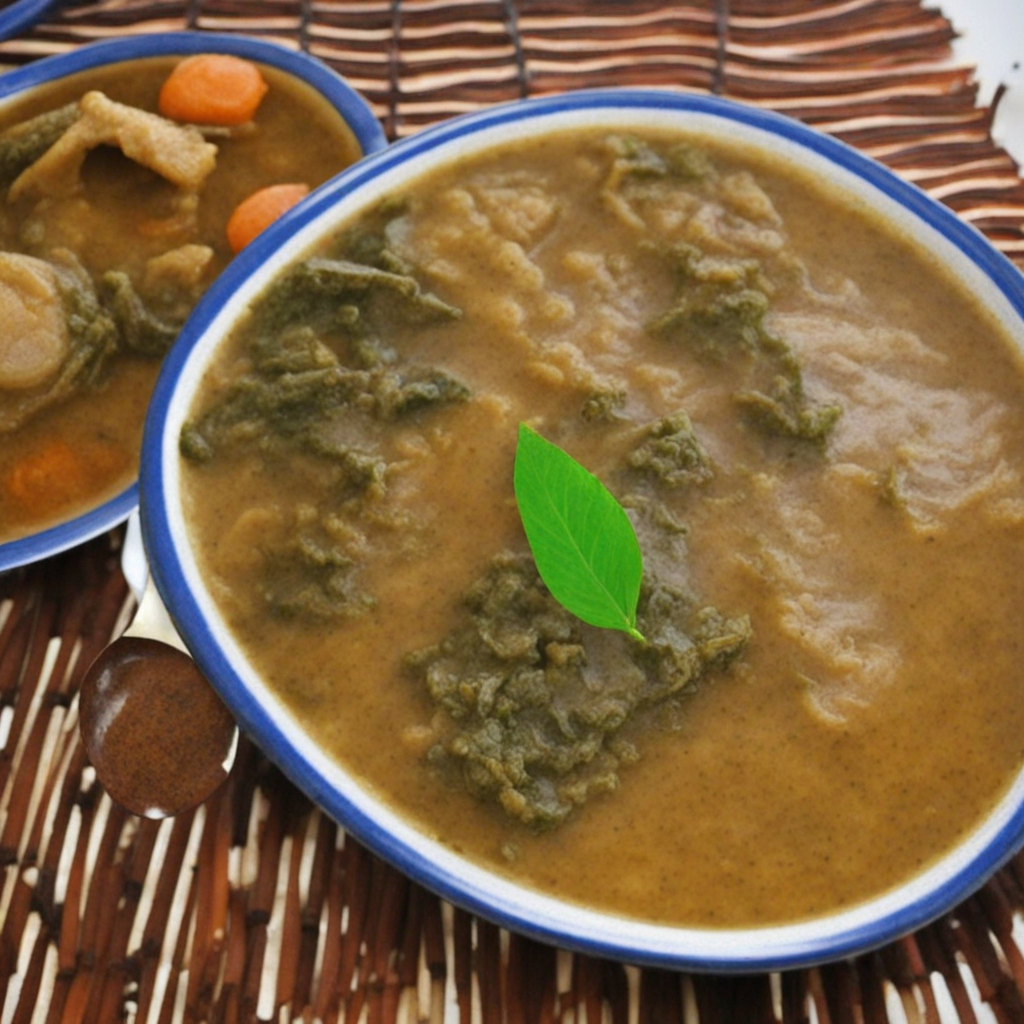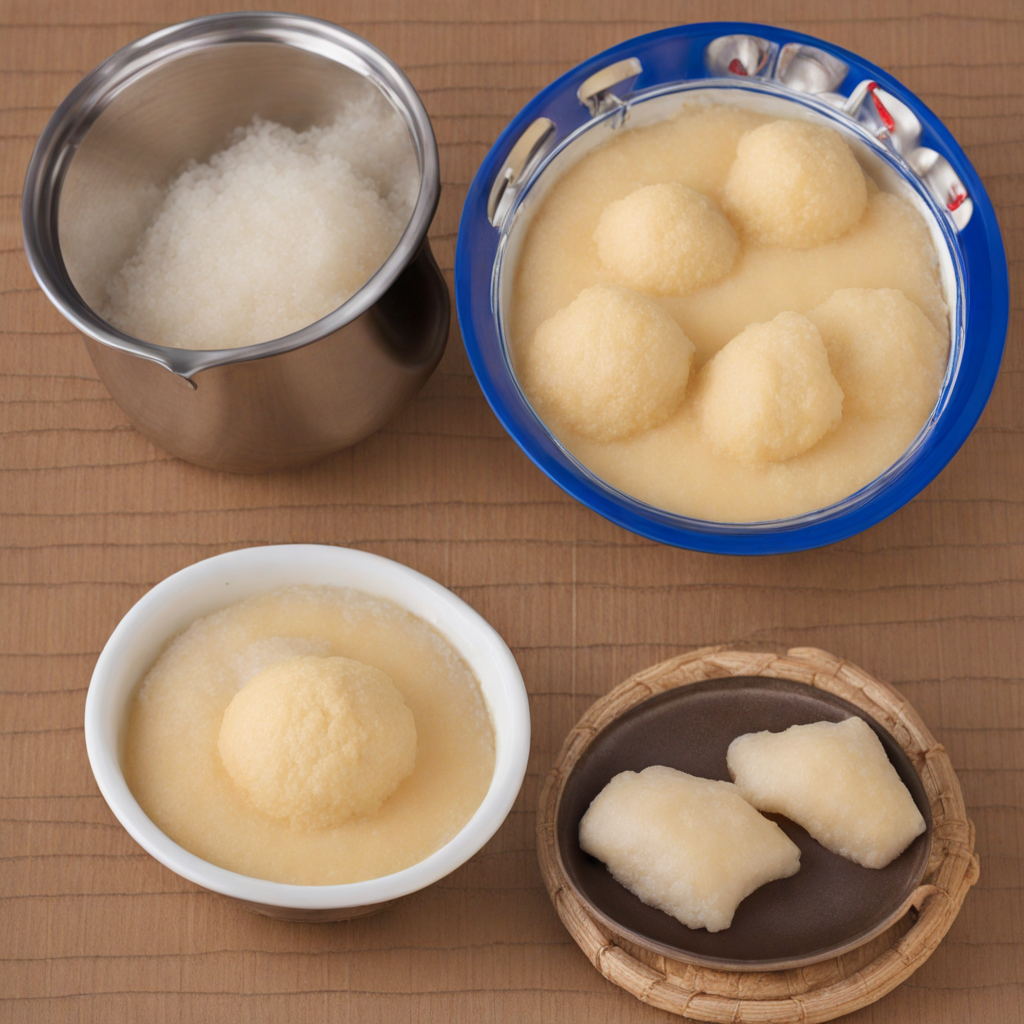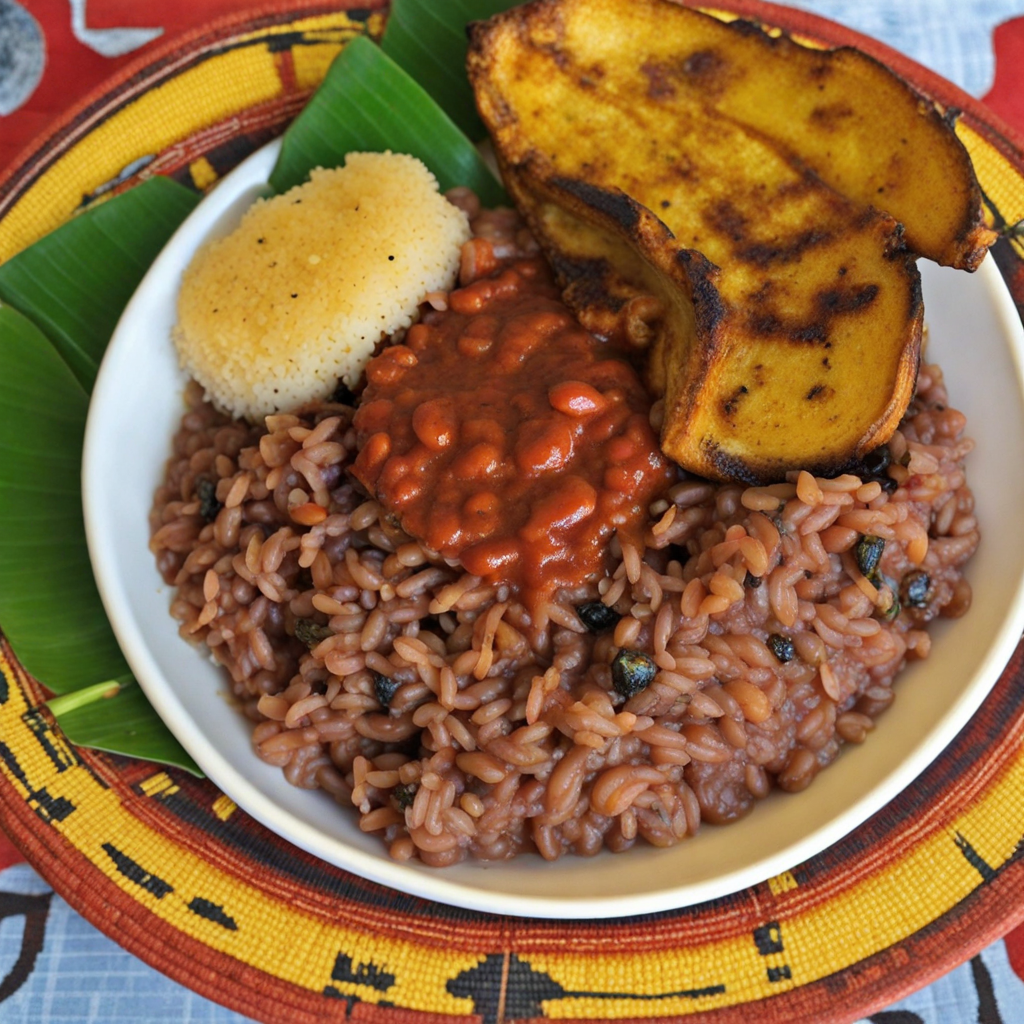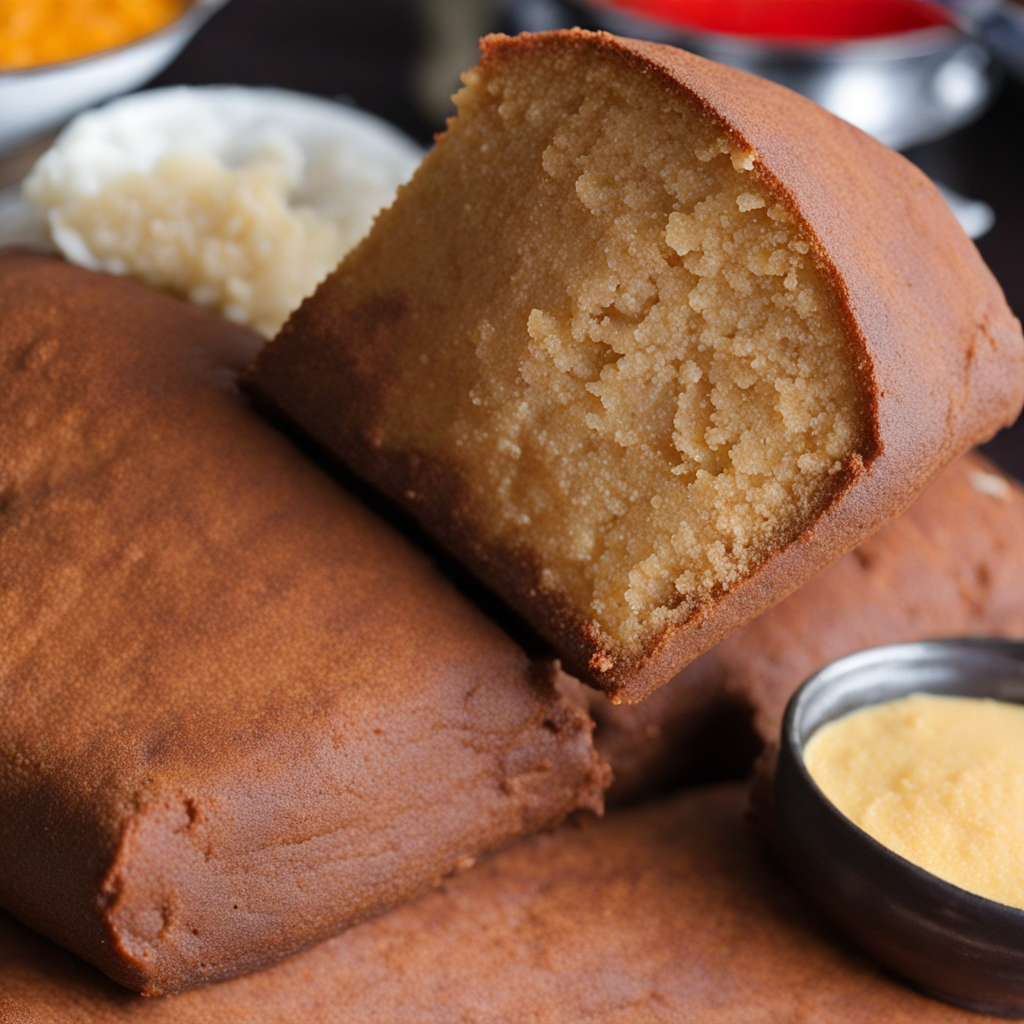Massa
Massa is a delightful staple food hailing from Benin, characterized by its unique texture and flavor profile. This dish is primarily made from fermented corn or millet, which is ground into a fine paste and then mixed with water to create a smooth batter. The fermentation process not only enhances the nutritional value but also imparts a slightly tangy taste that sets Massa apart from other similar dishes. When cooked, the batter transforms into a soft, pliable cake that can be easily molded and served in various forms, making it a versatile addition to any meal. Traditionally, Massa is prepared by steaming or grilling the batter, resulting in a wonderfully chewy and slightly crispy exterior while maintaining a tender interior. It is often enjoyed warm, and its subtle flavor makes it an excellent accompaniment to a wide range of sauces and stews, especially those made with vegetables, fish, or meat. The dish can also be enjoyed with spicy pepper sauces, which elevate its taste and provide a delightful contrast to its mildness. In Benin, Massa is more than just food; it is a cultural symbol often enjoyed during communal gatherings and celebrations. Its preparation can be a social event, where families come together to make the batter and cook it over an open flame. As you explore this unique dish, you will discover how Massa is not only a nourishing option but also a celebration of the rich culinary heritage of Benin, inviting you to savor a taste that is both traditional and comforting.
How It Became This Dish
The History of Massa: A Culinary Heritage from Benin #### Origins of Massa Massa, a traditional dish originating from Benin, is a staple that embodies the rich culinary heritage of the West African nation. Its roots can be traced back to the indigenous cultures that have inhabited the region for centuries, influenced by the diverse ethnic groups in Benin, including the Fon, Yoruba, and Adja peoples. The dish is primarily made from fermented corn or millet, which is ground into a fine paste, mixed with water, and then cooked to create a thick, hearty porridge or cake. The fermentation process is central to Massa, as it not only enhances the flavor but also enriches the nutritional profile of the dish. The use of local grains such as maize and millet reflects the agricultural practices of the region, where these crops have been cultivated for thousands of years. The traditional methods of preparation have been passed down through generations, preserving the cultural significance of Massa within Benin's culinary landscape. #### Cultural Significance Massa is much more than just a food item in Benin; it is a symbol of community and cultural identity. It is often prepared for special occasions, such as festivals, weddings, and communal gatherings, where it serves as a centerpiece of the meal. The act of cooking Massa is often communal, with families or groups coming together to prepare the dish, reinforcing social bonds and shared traditions. In addition to its role in communal celebrations, Massa holds a significant place in the daily lives of many Beninese people. It is a source of sustenance, particularly for rural communities, where it is consumed as a breakfast or main meal. The dish's versatility allows it to be enjoyed in various forms: it can be served plain, accompanied by sauces, or mixed with vegetables and meats. This adaptability makes Massa not only a staple food but also a canvas for culinary creativity, reflecting the tastes and preferences of different communities. #### Development Through Time As Benin has evolved, so too has the preparation and consumption of Massa. The dish has been influenced by historical events, trade, and cultural exchanges. The transatlantic trade routes brought new ingredients and cooking techniques to West Africa, which gradually integrated into local cuisines. While Massa has retained its core ingredients and methods, the introduction of spices and new cooking styles has enriched its flavor profile, allowing it to adapt to contemporary tastes. The colonial period also impacted the culinary landscape of Benin. As European powers established control over the region, they brought with them new agricultural practices and food preferences. While Massa remained a beloved dish, it coexisted with other foods introduced during this time, leading to a blending of culinary traditions. For instance, the incorporation of European vegetables and meats into Massa dishes reflects the dynamic nature of Benin's food culture. In the modern era, Massa has undergone further transformation, particularly with urbanization and globalization. The migration of people from rural to urban areas has led to changes in dietary habits, resulting in a higher demand for convenience foods. However, despite these shifts, Massa has maintained its relevance and continues to be a cherished dish among Beninese communities, both at home and abroad. #### Massa in Contemporary Benin Today, Massa is celebrated not only in homes but also in restaurants and food markets across Benin. Chefs and home cooks alike have begun to experiment with the dish, introducing innovative variations that cater to modern palates while respecting traditional methods. For example, some may incorporate local ingredients such as okra, peppers, or fish to create fusion styles that appeal to a broader audience. The resurgence of interest in traditional foods and local culinary practices has also contributed to the preservation of Massa. Food festivals and cultural events often showcase this dish, highlighting its importance in Benin's culinary heritage. Educational initiatives aimed at promoting traditional cooking methods are increasingly popular, ensuring that the skills and knowledge associated with Massa are passed on to younger generations. #### Massa Beyond Benin The influence of Massa has extended beyond Benin's borders, as migration has led to the establishment of Beninese communities in various parts of the world. In countries such as France, the United States, and Canada, Beninese expatriates have brought their culinary traditions with them, introducing Massa to new audiences. This global exchange has allowed for the dish to evolve further, as it adapts to the availability of ingredients and the tastes of diverse populations. In these new contexts, Massa often serves as a cultural touchstone for the Beninese diaspora, a way to connect with their heritage and share their culinary traditions with others. Food plays a vital role in maintaining cultural identity, and for many immigrants, preparing and sharing Massa is a means of preserving their roots while navigating life in a new country. #### Conclusion Massa is a dish steeped in history and cultural significance, reflecting the rich traditions of Benin. From its origins in ancient agricultural practices to its role as a beloved staple in contemporary society, Massa has endured through time, adapting to changing circumstances while retaining its core essence. As it continues to evolve, this traditional dish remains a testament to the resilience of Beninese culture, preserving the flavors, stories, and connections of a people united by their love for food. In conclusion, Massa is not just a dish; it is a narrative woven into the fabric of Benin's history and identity. Through its preparation and consumption, it encapsulates the spirit of community, resilience, and continuity that characterizes the culinary heritage of this vibrant nation.
You may like
Discover local flavors from Benin







